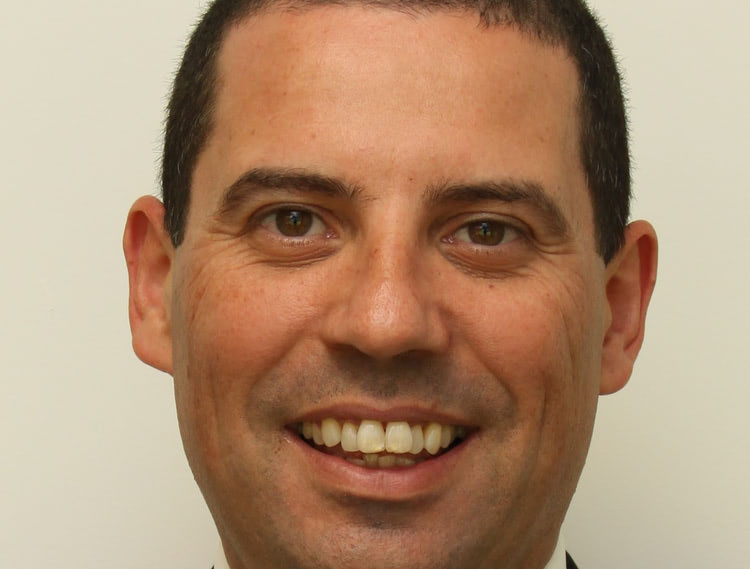Looking beyond the campus environment as Universities switch to a purely digital world for the foreseeable future

Peter Nikoletatos, Global Industry Director of Education @TechnologyOne explores how universities are employing technology to improve the student experience from enrolment onward:
The enrolment imperative to the student experience
The student experience should be front of mind for every higher education institution, as they strive to attract, support and retain students, especially during these unprecedented times. Now, the challenge is to look beyond the campus environment as we switch to a purely digital world for the foreseeable future and understand how university and studying fits within the varying lives of digital learners today.
Technology plays a vital role
This technological shift highlights the change in philosophy that originally resulted from digital transformation, and has been accelerated due to the sudden and immediate need to interact online. As with many industry sectors, the traditional inside-out view once endemic in higher education has been turned on its head. A student-centric outlook now commands alternate approaches designed to better deliver on student success.
Undoubtedly technology plays a vital role in higher education, from a smooth admissions and onboarding process through to creating exposure for opportunities that will expand and enhance the learning experience and better prepare students for a working life.
As the first generation of learners raised entirely in a digital world, today’s students expect to connect and interact seamlessly online. An experience that few higher education institutions have traditionally been able to foster – until now.
Enrolment efficiencies
To examine what universities are doing, TechnologyOne recently hosted its inaugural Global Mobility Program tour for UK universities to visit their Australian counterparts and hosted a roundtable to discuss how nascent tech projects are improving student interactions.
Melbourne’s Swinburne University is a great example. The institution has recently embarked on a project intended to significantly transform the onboarding experience for students.
The current enrolment process can be complex and confusing. It is not uncommon for students to require access to and instruction from multiple information points – including online, phone and in person – in order to effectively enrol and produce a timetable that avoids subject clashes. As a first interaction, this introduction to university life can be unnecessarily cumbersome and a daunting experience. In recognition of the issue, Swinburne decided to invest in onboarding improvements that removes the need for avoidable additional work by students.
When conducting research due diligence, Swinburne determined that a ‘good’ enrolment – i.e. completion without issues or the need for additional input from university admin staff – involved sixteen distinct steps. By the University’s own admission, the majority of enrolments do not fall into the ‘good’ category.
Swinburne realised that it already had the data required to facilitate the simplification of the process. Making it possible to offer a clash-free, on-plan timetable that would allow students to progress through their course without deviation and ensure that all course requirements were accounted for and completed.
To do this, the University is working to implement the use of nudge tech to capture all the inputs that a student would need to correctly complete their enrolment. Initially faced with an overwhelming array of subjects on offer, a student could be ‘nudged’ through the process as their selections are made, with subject choices thinning out as they proceed. Once major, minor and core units are identified, many of the remaining options are prescribed, meaning that the technology performs the hard work for the student and removes the burden of confusion. The upshot is the creation of a clash-free timetable ready for study.
The Swinburne project addresses a demand we know exists. For members of Gen Y, Gen Z and the upcoming Gen Alpha, anything less than a seamless digital experience is unacceptable. In the age of instant access to information and entertainment, today’s student expects their higher education experience to align – from enrolment onward. For universities hoping to attract and retain and to extend the student lifespan, investment in technologies that facilitate those expectations is imperative, especially now.
Peter Nikoletatos, Global Industry Director of Education at TechnologyOne











Responses